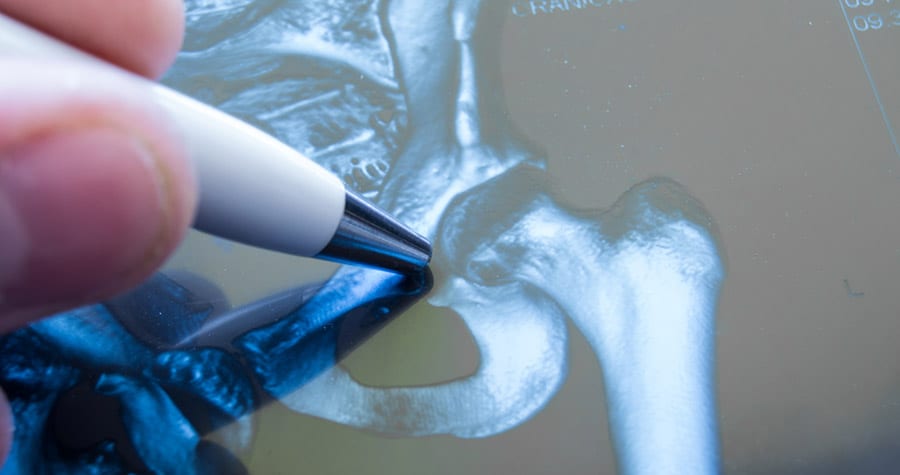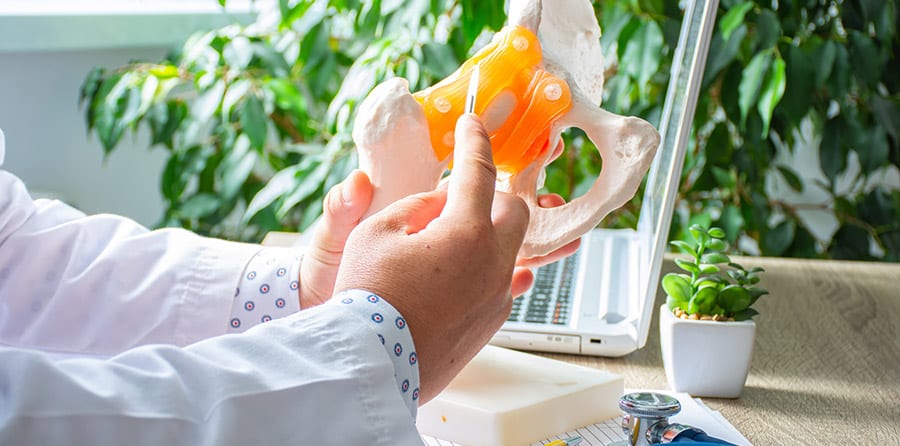
3 Types of Dislocations
Occurring when a bone slips out of alignment or position, dislocations are often the result of a sudden impact, such as a hard fall or direct hit to the body. Pain from a dislocation is usually instantly recognizable due to the stress placed on supporting muscles, tendons, and ligaments—and sometimes on nearby nerves. Dislocations can affect any part of the body, but there are certain areas that tend to be more susceptible to this type of injury.
Finger Dislocations
Finger dislocations are usually caused by some type of motion or impact that extends a finger beyond where it normally stretches or bends. Middle joints of fingers are usually more susceptible to dislocation. Often sports-related, finger dislocations may also be the result of getting a finger stuck or caught or by falling on an outstretched hand. Symptoms include pain associated with movement, swelling and redness, and a loss of sensation in the affected finger.
Shoulder Dislocations
Shoulder dislocations are the result of an upper arm bone being forced out of its socket (glenoid). A sudden impact or hard blow may result in this type of dislocation. A common sports injury, shoulder dislocations may result in immobility of the affected shoulder, sharp pain, or muscle weakness. Shoulder dislocations are fairly common since the shoulder joint isn’t as stable as other joints because of its location and shape.
Hip Dislocations
Affecting the head of the femur (thigh bone), hip dislocations may result from a forceful impact that pushes the femur away from the pelvic bone. A hip can also slip out of place if the leg is excessively twisted or turned, as may happen with a vehicle accident or fall from a high place. Other than severe pain, signs of a hip dislocation may include an appearance of one leg being longer than the other or difficulty walking or standing. A dislocated hip may also place pressure on nerves and cause radiating pain felt in the legs or feet.
Any type of dislocation should be taken seriously. If the bone cannot be eased back into place or severe pain is experienced, you may be referred to an orthopedic specialist for evaluation. In addition to safely and comfortably re-positioning the affected bone with a procedure called a “closed reduction,” this specialist can also perform image tests to check for related damage to tissues and nerves that may need to be corrected.






